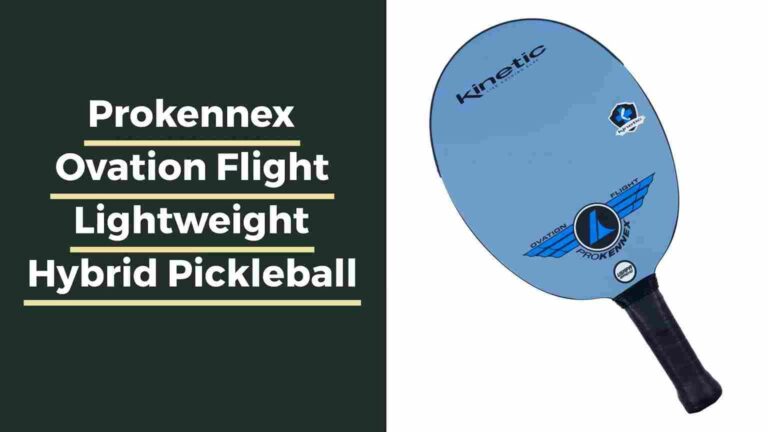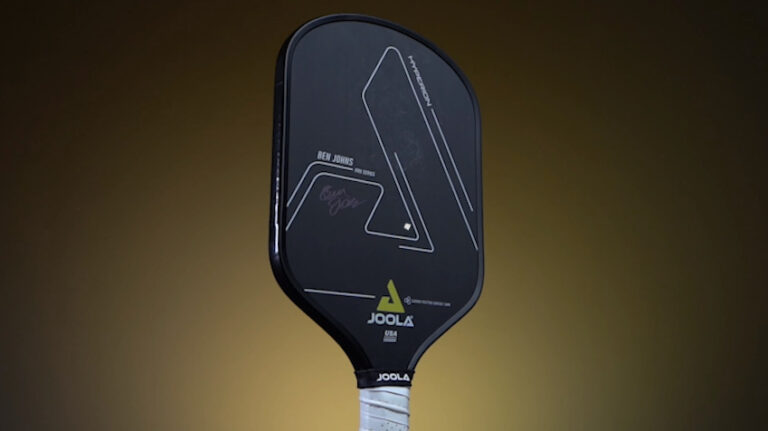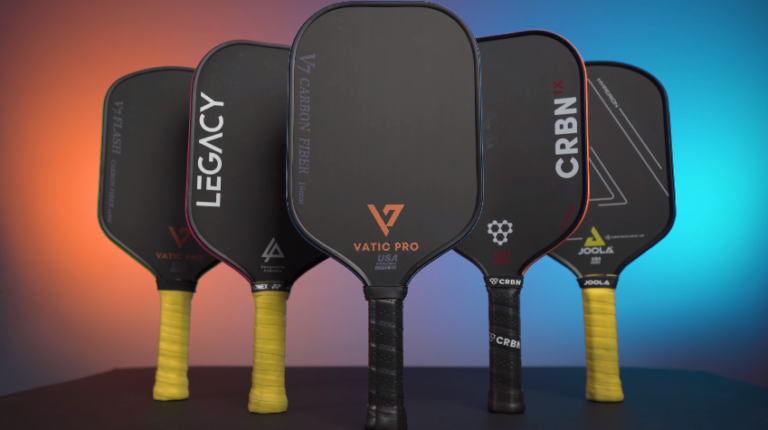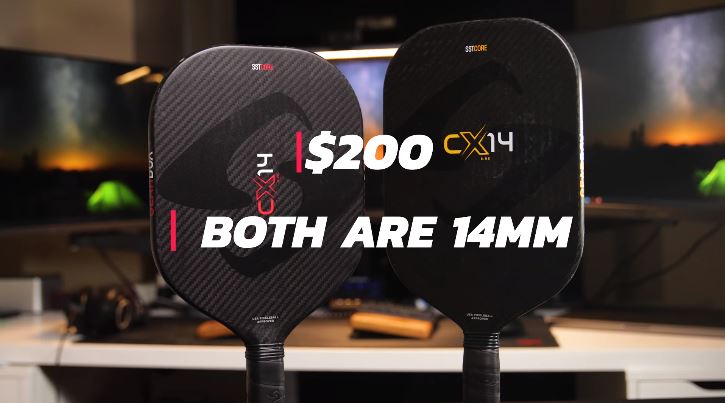Regularly cleaning your pickleball paddle grip is key to ensuring optimal performance and extending its lifespan. In particular, cleaning the grip is an important but often overlooked paddle maintenance task. As the main point of contact with your hand, a dirty pickleball paddle grip can compromise your play.
This guide covers the best practices for cleaning your pickleball paddle grip to remove dirt, sweat, and debris. We’ll also look at when grips need replacing, plus other tips for pickleball paddle care and storage. Properly caring for your gear results in better play!
Cleaning the Grip

Regular cleaning helps maintain the quality of your pickleball paddle grip. Here are some best practices for keeping your grip fresh and tacky.
A. Use a Damp Microfiber Cloth
The best way to clean your grip is using a damp, lint-free microfiber cloth. Simply wet the cloth with water and wring out any excess. Avoid using heavy-duty cleaning solutions that can leave residue.
Gently wipe down the entire grip surface with the damp microfiber cloth to lift away dirt, sweat, and oils.
B. Gently Scrub with Glass Cleaner
For more stubborn debris, a light glass cleaner can tackle the grip buildup. Spray or apply a small amount of glass cleaner directly onto the microfiber cloth.
Then, gently scrub the pickleball paddle grip in a circular motion to lift grime from the porous grip material. The glass cleaner will cut through the grease while the microfiber safely traps debris.
C. Avoid Heavy-Duty Cleaners
Although tempted to use a heavy degreaser, avoid harsh cleaning chemicals. The rough texture of the grip absorbs solutions easily, leaving behind a sticky film.
Dish soap, detergent, or solvents may seem to work at first but cause problems down the line. Stick to water, gentle glass cleaner, or pickleball-specific grip cleaners.
D. Let Your Grip Dry Completely
After cleaning your pickleball paddle grip, dry it thoroughly using a fresh lint-free cloth or towel. Any lingering moisture can compromise the grip’s tacky texture that’s so vital for controlling your shots.
Allow the grip to air dry fully before your next match. Don’t store away a damp paddle!
Incorporate grip cleaning into your regular pickleball paddle maintenance routine for ideal traction and improved paddle control.
When to Replace Your Grip
No matter how diligent your cleaning routine, pickleball paddle grips wear out over time. Here’s when it’s time to replace your worn out grip.
A. Signs of Wear
Watch for these signs that indicate your grip needs a fresh replacement:
- Discoloration
- Slippery, smooth texture
- Feels thin or bald
- Blisters on hand
Discoloration happens as the grip absorbs dirt and sweat. A smooth, slippery feel emerges as the texture breaks down from play. Thin spots signal excess wear. Any of these issues impede proper hand traction.
B. Adding Overgrips No Longer Helps
Some players prolong replacement by using overgrips – thin grip tape layered over an existing grip. This temporarily restores traction and cushion.
However, once the original grip is too far gone, overgrips merely slide around and won’t stay put. At this point, it’s time for a full rewrap.
C. Replacement Grips vs Over grips
Replacement grips offer a fresh start and last many months with proper care. In contrast, overgrips quickly show signs of wear after heavy play.
For casual players, overgrips provide a quick fix between full grip replacements. Frequent players often prefer complete replacement grips for better feel and longevity.
Investing in a quality replacement grip brings back that plush, tacky texture that enhances paddle control and comfort.
Storing Your Pickleball Paddle
How and where you store your pickleball paddle impacts its longevity. Follow these tips to prolong your gear’s life.
A. Avoid Temperature Extremes
Exposing your pickleball paddle to extreme hot or cold temperatures can damage the paddle components.
The honeycomb polymer core and composite face can become warped or cracked. The grip texture and glue can break down.
Instead, keep your paddle in moderate room temperatures as much as possible:
- Don’t leave in hot vehicles for extended periods
- Bring inside instead of leaving in cold garage or shed
- Avoid direct sun exposure
Maintaining average indoor temperatures preserves your paddle’s integrity.
B. Store Paddle Inside and Away From Elements
Indoor storage protects your pickleball paddle from weathering damage from sun, rain, snow, and humidity:
- Keep paddle in climate-controlled home when not playing
- Avoid leaving outside on porch or patio
- Store in ventilated bag instead of damp basements
Storing inside eliminates exposure issues.
C. Keep Paddle Dry and Avoid Submerging
While paddle faces may appear seamless, moisture can penetrate the honeycomb interior and cause swelling or delamination.
Keep your paddle free of excess water contact:
- Wipe off any rain or perspiration after play
- Keep paddle in bag separate from wet towels or clothes
- Never fully submerge paddle in water
Limiting water contact keeps the paddle playing surface smooth and consistent over time.
Taking steps to store your pickleball paddle properly saves unnecessary wear and tear, helping maintain its playability.

Other Pickleball Paddle Care Tips
In addition to grip cleaning and proper storage, consider these other areas for maintaining your pickleball paddle.
A. Clean Paddle Face with a Damp Cloth
The textured paddle face picks up dirt and debris during play. Regularly clean the surface using a damp lint-free cloth or microfiber towel. This prevents buildup that can smooth out the hitting texture.
Gently wipe down the paddle face and edges after each session. Avoid submerging in water. Let dry fully before storing in your bag.
For carbon fiber paddles, use a carbon fiber cleaning block for best results.
B. Handle Paddle Carefully to Avoid Damage
Although paddles are durable, avoid actions that can cause harm:
- Don’t slam paddle forcefully on the ground, court, or net posts
- Don’t bang paddles together in celebration
- Don’t step on it accidentally
These motions can chip the edge guard, crack the core, or scratch the face.
C. Consider a Paddle Cover for Extra Protection
For additional peace of mind, use a paddle cover when not playing. The sleeve prevents dings and scratches in your bag or when placed on hard surfaces.
Paddle covers are inexpensive and let you show off fun designs! Just remove when ready to play.
Taking a few moments to clean and care for your pickleball paddle helps it deliver optimal performance game after game. Incorporate paddle maintenance into your regular routine.
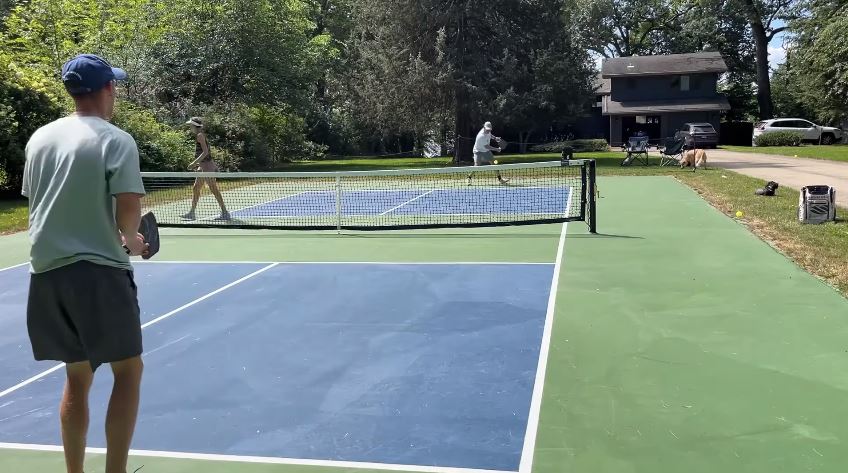
How Long Pickleball Paddles Last
With proper care and maintenance, a quality pickleball paddle can last 1-5 years or longer.
A. 1-5 Years with Proper Care
Most composite pickleball paddles last around 1-5 years with frequent play. But many factors influence lifespan:
- Play frequency and intensity
- Climate and storage
- Care and cleaning habits
- Manufacturing quality
Paddles that are lightly used may exceed 5 years. Heavily used paddles may need replacement yearly.
B. Frequency and Intensity of Use
Paddles that get daily aggressive use wear faster than paddles played with casually 1-2 times per week.
Signs of frequent heavy use:
- Face/edge guard scuffs and chips
- Fading or peeling graphics
- Grip wears out quickly
Lighter recreational play extends the lifespan. The rougher the play, the quicker replacements are needed.
C. Natural Wear and Tear Over Time
Even with the best care, pickleball paddles experience natural breakdown:
- Face scratches from ball contact
- Graphics fade from sun, sweat, and cleaning
- Cores can crack from repeated impact
Some wear is inevitable given the paddle’s function. But proper maintenance and storage minimize deterioration.
Consider your play habits and climate. With quality equipment and smart care, a paddle can deliver years of consistent performance. Know when it’s time to retire well-worn gear and upgrade.
frequently asked questions
Conclusion
Caring for your pickleball paddle helps safeguard your investment and playing experience. Here are the key takeaways.
A. Proper Cleaning and Care Extends Paddle Life
Routine cleaning and careful handling makes a paddle more durable. Best practices include:
- Clean the grip: Use a damp microfiber cloth, avoid harsh cleaners
- Clean paddle face: Wipe down with water and soft towel
- Avoid damage: Don’t slam paddle or bang on surfaces
- Use paddle cover: Adds protection from scratches
Implementing consistent paddle maintenance yields benefits over time.
B. Replace Worn Grips for Best Performance
While paddle faces hold up well, grips require periodic replacing as they become worn and smooth.
Don’t wait until grips are completely bald. Be proactive about installing fresh overgrips or complete replacement grips once traction falters. This restores control.
C. Enjoy the Pickleball Paddle Cleaning Process!
Devoting a few minutes to clean and inspect paddles makes them look and play like new. Take pride in your gear.
Share your paddle care tips with fellow players. Keep paddles fresh until it’s eventually time to upgrade. With the right techniques, you can count on your trusty paddle for countless games.

